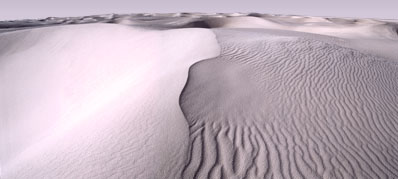How To Take Inventory With Nouns

This article is part of a series …
2. Discover Qualities With Adjectives And Adverbs.
3. Identify Actions With Verbs.
Try this. Before you photograph, write. When you first arrive at a new location you can quickly become overstimulated or even overwhelmed by all the new sights, sounds, smells, and events. You can make sense of it all and make sure you don’t miss anything by taking inventory. Make a list of all the things you see. You’ll find that in the process of writing things down you’ll notice more than you ordinarily do.
Push yourself a little. Give yourself a high quota. Set a minimum number of words; start with 50. And set a minimum amount of time – 3-5 minutes. This initial investment of time will pay big dividends. When you start making photographs, you will have already found more subjects and more details about them.
Don’t just do this once, keep it going. Practice this until it becomes a habit. You’ll find that as you develop this skill you’ll naturally start noticing more. In part, this is because you aren’t pre-selecting or what you notice. You filter impressions after not before you notice them.
After an initial burst, you’ll find that the number of new observations you make will slow down. Use this strategy to expand your list and notice more. Break things down into parts. For instance, after you write tree also write root, trunk, bark, branch, leaf, bud, flower, fruit. You can even note the parts of the new things on your list; for fruit list stem, skin, flesh, seed. See you started with one word and ended up with twelve and in the process, you might have been tempted to break open and sample the fruit.
The time to stop this flow of words is not the first time you get stuck and probably not the second or third either. But there is a time to stop this flow of words and just be purely visual while you make exposures. But anytime you see the flow of images slowing down or stopping altogether you can pick it back up. This is especially useful right after an extended session of making exposures. Consider it a review to consolidate everything you noticed. And when you come back to the same or a similar subject you already have a list, which you can continue building on. (I make my lists on my smartphone so they’re always with me.)
With so many possibilities, where do you start making images? Start with whatever is most interesting to you. Highlight those things on your list so that you can find them quickly when you look at them again.
Keep building your lists. Your lists will come in handy when you start repeating yourself. As a result, you’ll be able to make many more successful and related images. Given time and practice, you’ll notice patterns in your thinking, which can be the start of finding what’s truly authentic about the way you see.
Find more ways to boost your creativity using words.
Learn more creative techniques in my workshops.


